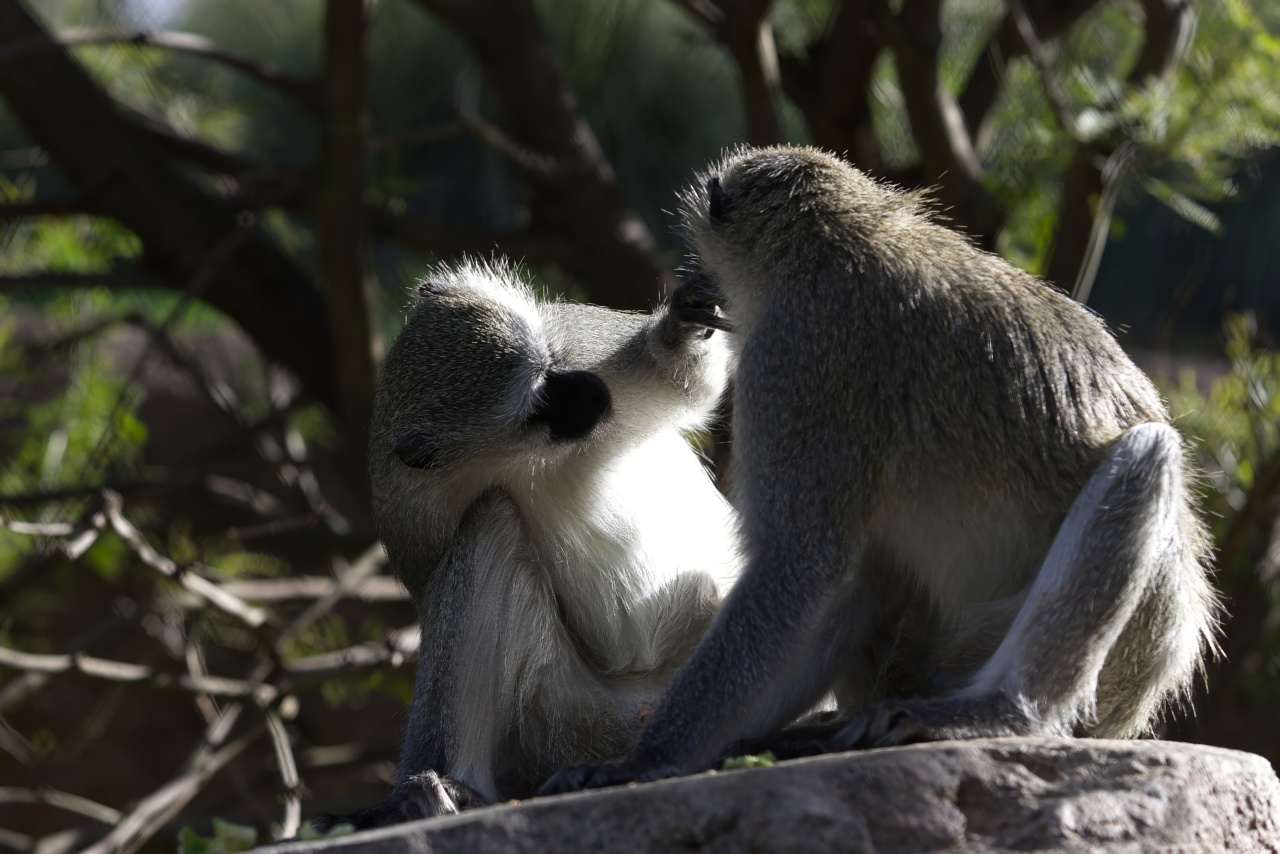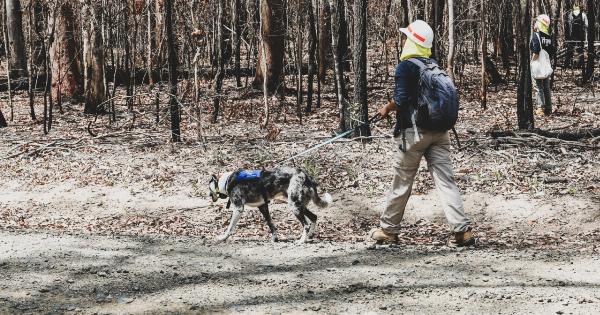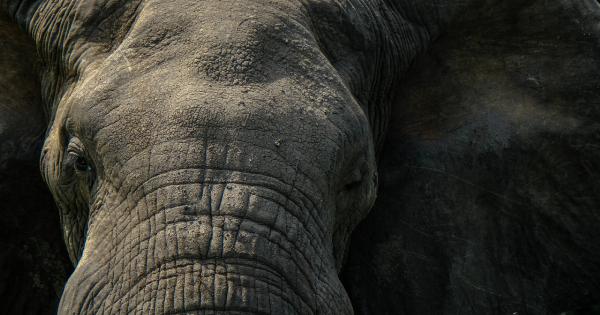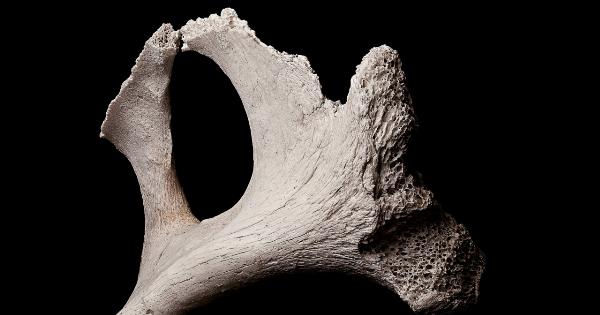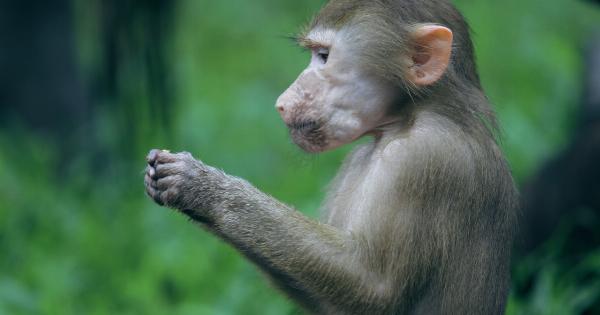The Monkeys Looper – Gogos: The Crucifixion Epidemic and Dynamic Virus Outbreak is a thought-provoking exploration into the world of monkeys and their evolving behavior amidst a deadly viral outbreak.
This article delves deep into the phenomenon of crucifixion among the monkey population and the potential implications it holds for the scientific community and society at large. Read on to uncover the unsettling details surrounding this perplexing situation.
A Historical Perspective
Throughout history, monkeys have been subjects of fascination and study. Scientists have observed their cognitive abilities, social structures, and even their capacity for self-expression.
However, a recent incident that has baffled researchers revolves around a peculiar behavior observed among a troop of Colombian white-faced capuchin monkeys, affectionately called the Gogos.
It all began with the outbreak of a dynamic and lethal virus, which not only affected the physical health of the Gogos but also triggered a range of bizarre behaviors. The most perplexing of these behaviors was self-crucifixion.
The Crucifixion Epidemic
The crucifixion phenomenon among the Gogos has shaken the scientific community to the core. What makes it even more bewildering is the fact that crucifixion, as a practice, has no historical precedence among monkeys or any other non-human species.
This macabre behavior involves hanging themselves from tree branches with outstretched arms, mimicking the crucifixion of Jesus Christ. The Gogos firmly grip the branches, puncturing their hands with sharp thorns or small, self-fashioned wooden spikes.
They remain suspended in this crucified position for extended periods, often resulting in severe injuries and eventual death.
Searching for Answers
Scientists and experts from various fields have embarked on a collaborative effort to unravel the mystery surrounding the crucifixion epidemic.
They have been observing the Gogos meticulously, employing a wide range of research techniques, including DNA testing, brain imaging, and behavioral analysis.
Initial findings suggest that the virus affecting the Gogos may have altered their cognitive and emotional faculties, compelling them to engage in this extreme form of self-harm.
The research is still in its infancy, as scientists seek to determine the exact mechanism by which the virus manipulates the monkeys’ behavior.
Social Implications
As news of the crucifixion epidemic spread, societies around the world grappled with the ethical dilemmas it posed. Some argued that the afflicted monkeys should be euthanized as a means of relieving their suffering.
However, animal rights activists vehemently opposed this viewpoint, advocating for alternative methods of intervention and rehabilitation.
The crucifixion epidemic has also prompted broader inquiries into the relationship between human and non-human species. It provokes questions about the moral responsibility humans hold towards their animal counterparts in times of crisis.
Scientific Advancements
Despite the haunting nature of the crucifixion phenomenon, the Gogos’ plight has opened up new avenues for scientific exploration.
Researchers are optimistic that by studying the virus and its effects on the monkeys, they might uncover groundbreaking insights into the fields of virology, immunology, and neurobiology.
The Search for a Cure
While scientific advancements are crucial, the immediate focus remains on finding a cure for the Gogos’ viral affliction.
Various organizations and researchers are working tirelessly to develop effective treatments and preventive measures to contain the epidemic. The hope is that by eradicating the virus, the monkeys’ self-destructive behavior can be mitigated and ultimately eliminated.
Conclusion
The Monkeys Looper – Gogos: The Crucifixion Epidemic and Dynamic Virus Outbreak sheds light on a deeply unsettling phenomenon among the Colombian white-faced capuchin monkeys.
Their self-crucifixion behavior, spurred by a dynamic virus outbreak, has captivated scientists, sparked societal debates, and pushed the boundaries of scientific inquiry. As the search for answers and a cure continues, the world watches with bated breath, hoping for a resolution to this perplexing and tragic epidemic.
